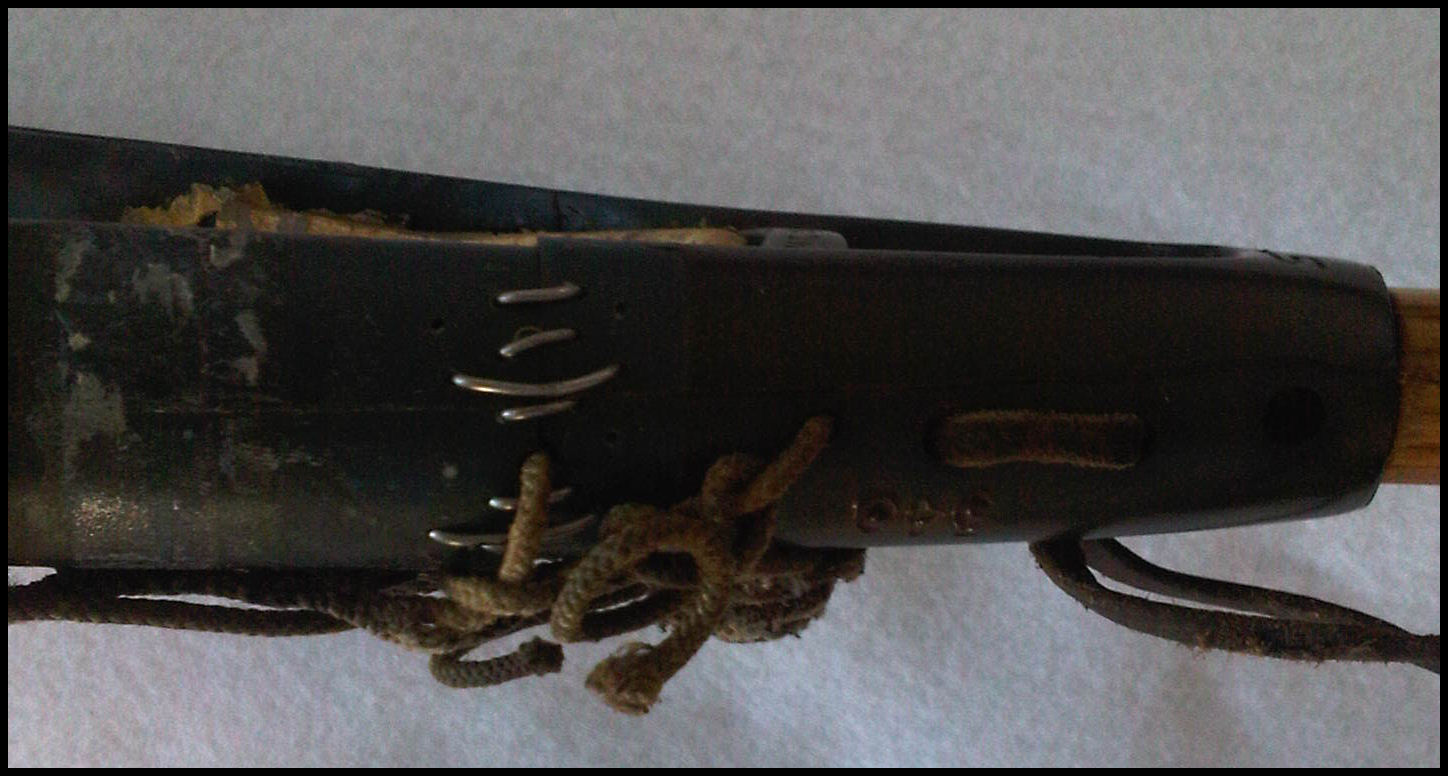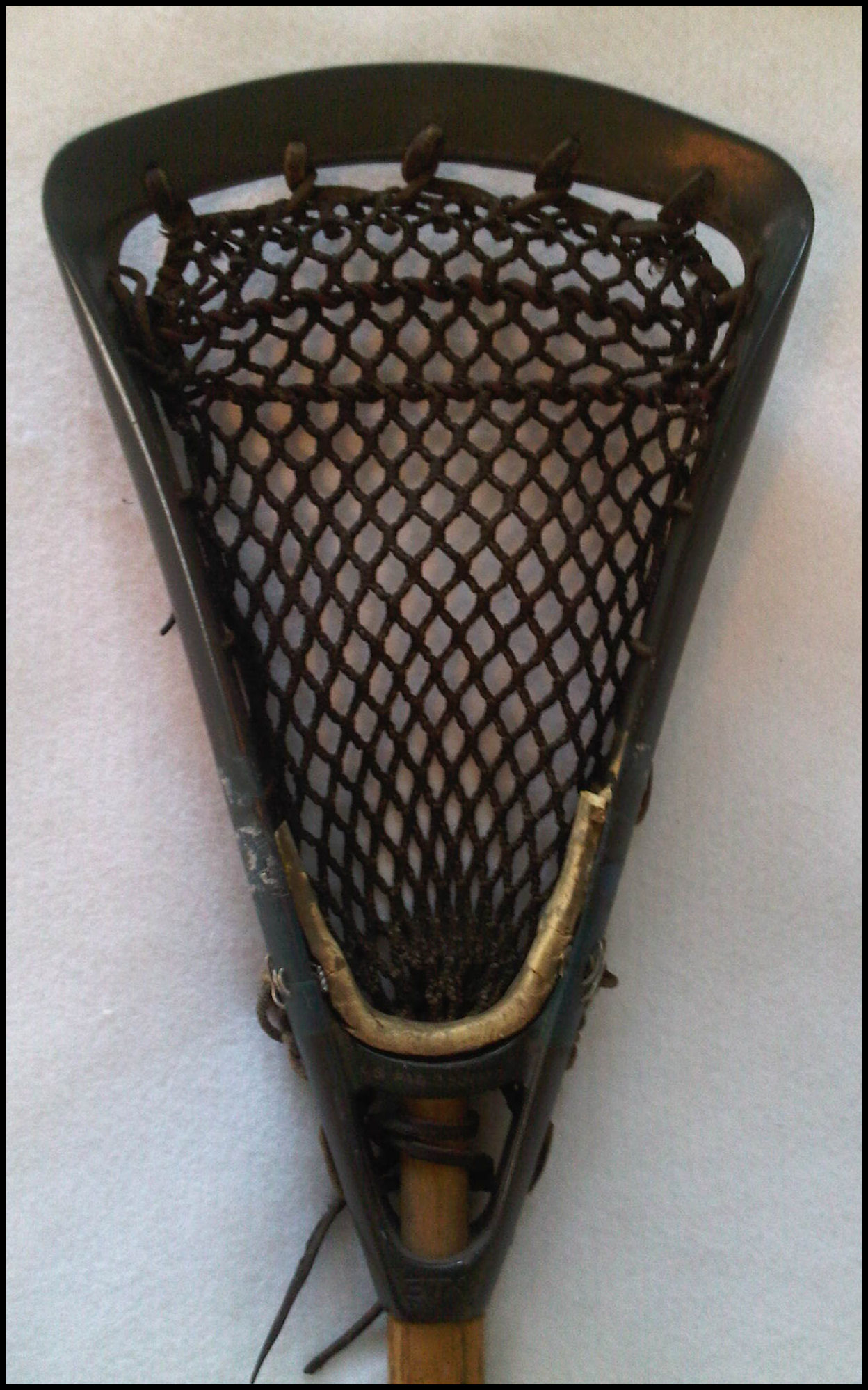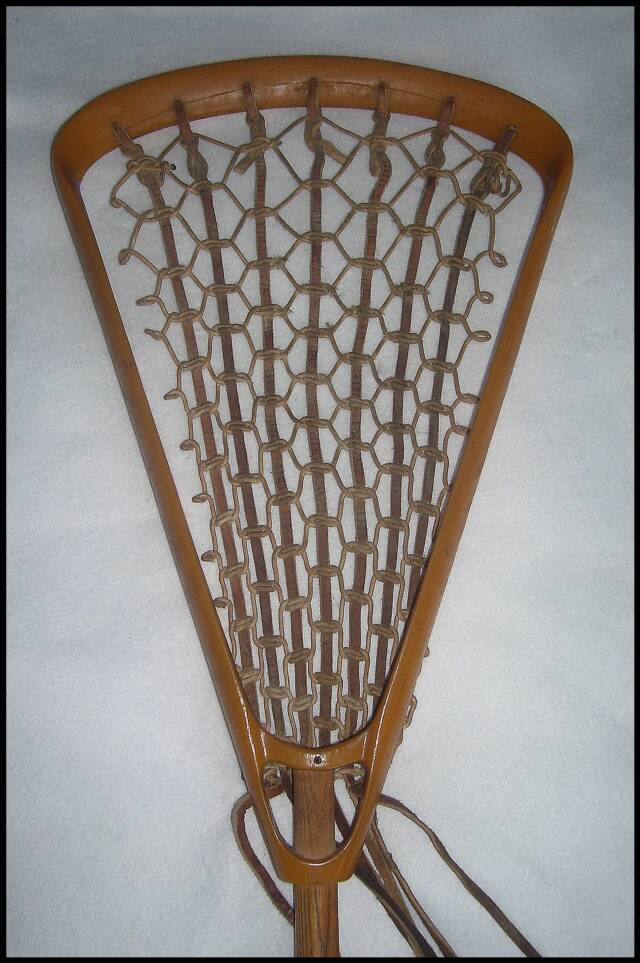
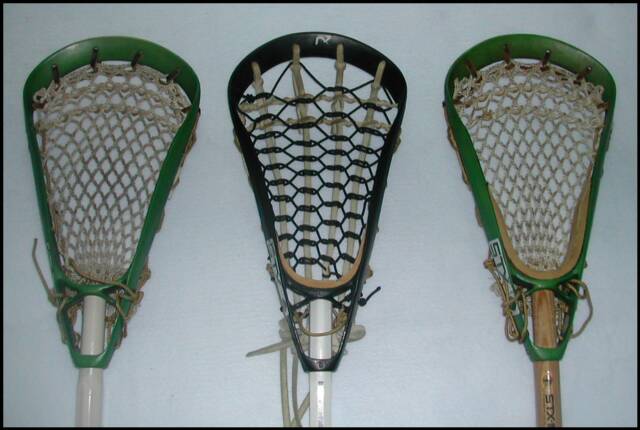
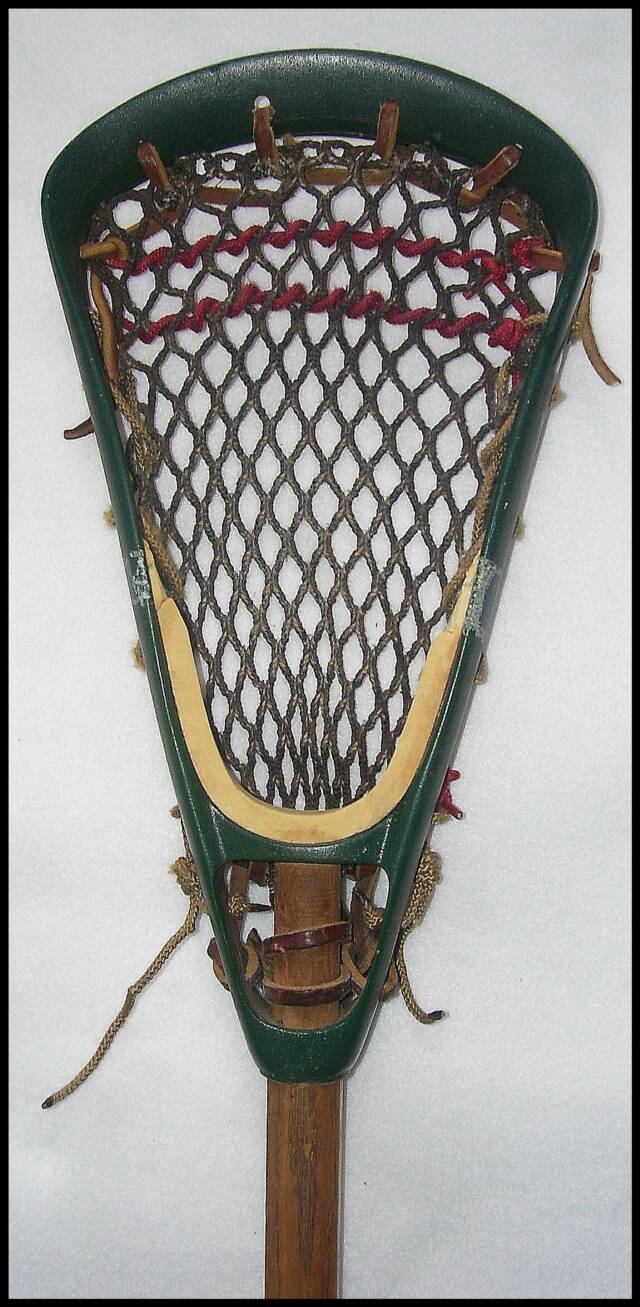
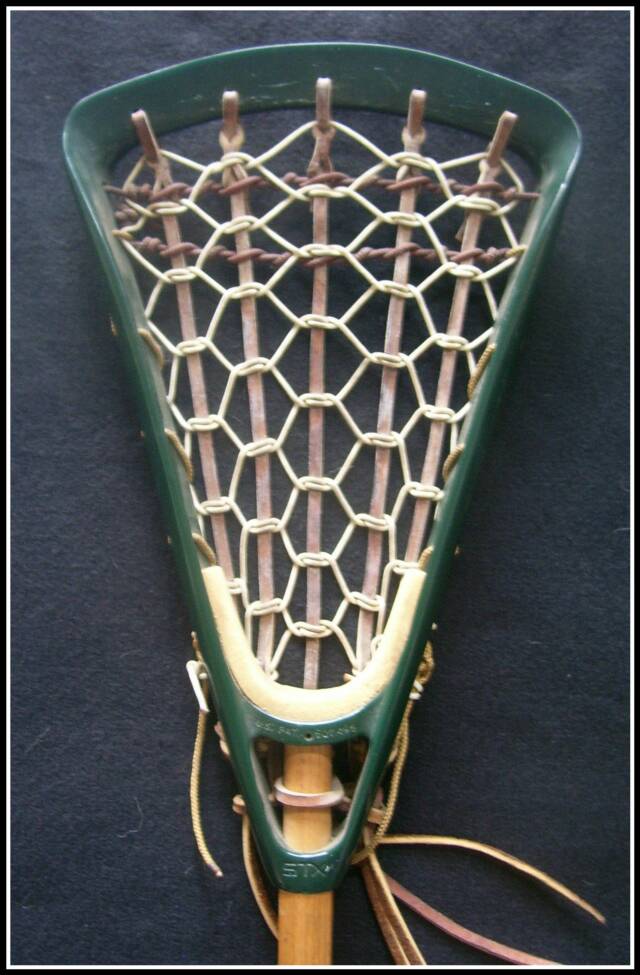
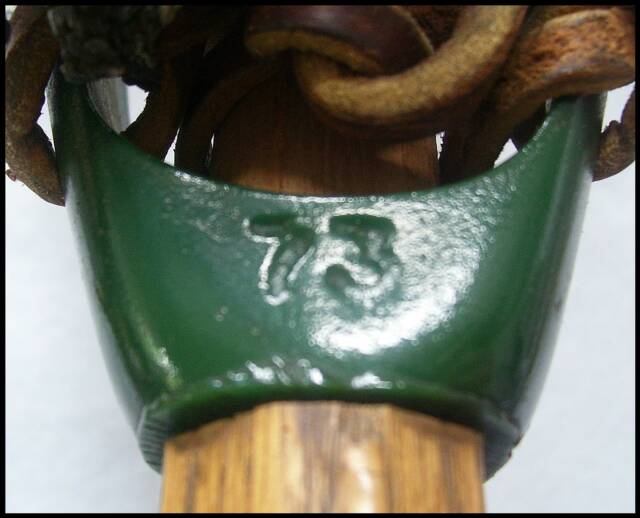
All Model 73's were clearly marked on the back of the head within the throat area with the "73" appearing to have been part of the mold when the liquid plastic was poured. They were made for the Attack position and were originally strung in the traditional method with 4 leathers running from top to bottom, diamond strung pocket, two shooting strings, and a wooden handle. In addition to the model number marking on the back of the head's throat, the side would usually have a 3 digit number. In the case of the green head below and left, "083". I have learned from several sources that this could have been the date that the head was made and would translate into the week: 08 = Eighth Week and 3 would = 1973.
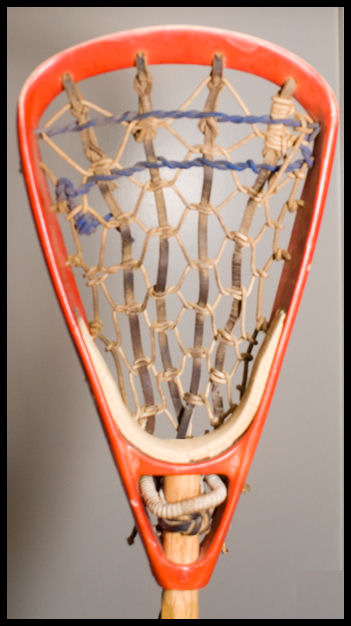
In the middle 1970's you would begin to see games with half the players using wooden sticks and half using the aluminum sticks that STX introduced in 1973. Pictured directly to the right in a dark maroon colored head is a Model 73 with round tube handle. In addition to the model number branding and the date that the stick was produced branding, many of the early generation sticks also possessed the STX logo on the front of the throat. However, keep in mind if you don't see either the "STX" branding or the patent number on the front, but you do see the 3 digit number on the side of the head, rest assured that you have one of the earliest STX sticks ever produced for the mass market.
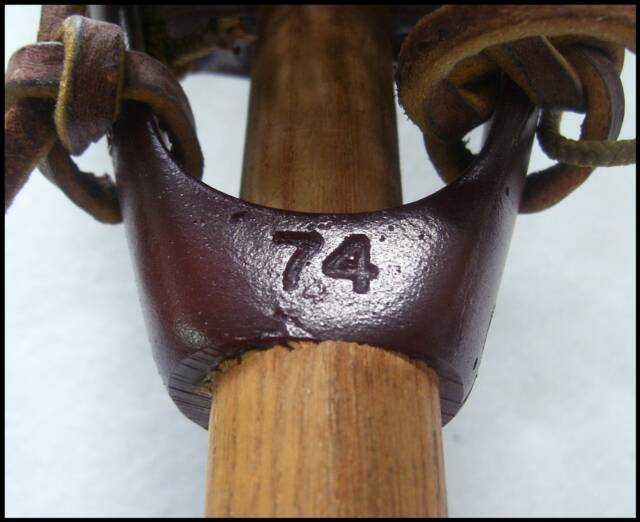
Soon after these early numbered models were produced, STX began producing heads that were given names instead - some were creative and some were "catchy". However, the one that would become one of their most popular and best seller was the "SAM" - which I believe was an acronym that stood for the following Super Attack Midfielder. The SAM was produced in many factory died colors such as green, black, brown, orange, and purple. The design is very recognizable by the open throat design and the two upper sections that look a bit like triangles. The bottom part of the head also had an "S" enclosed in a circle - to identify it. The SAM was strung for use in both the men's and women's game.
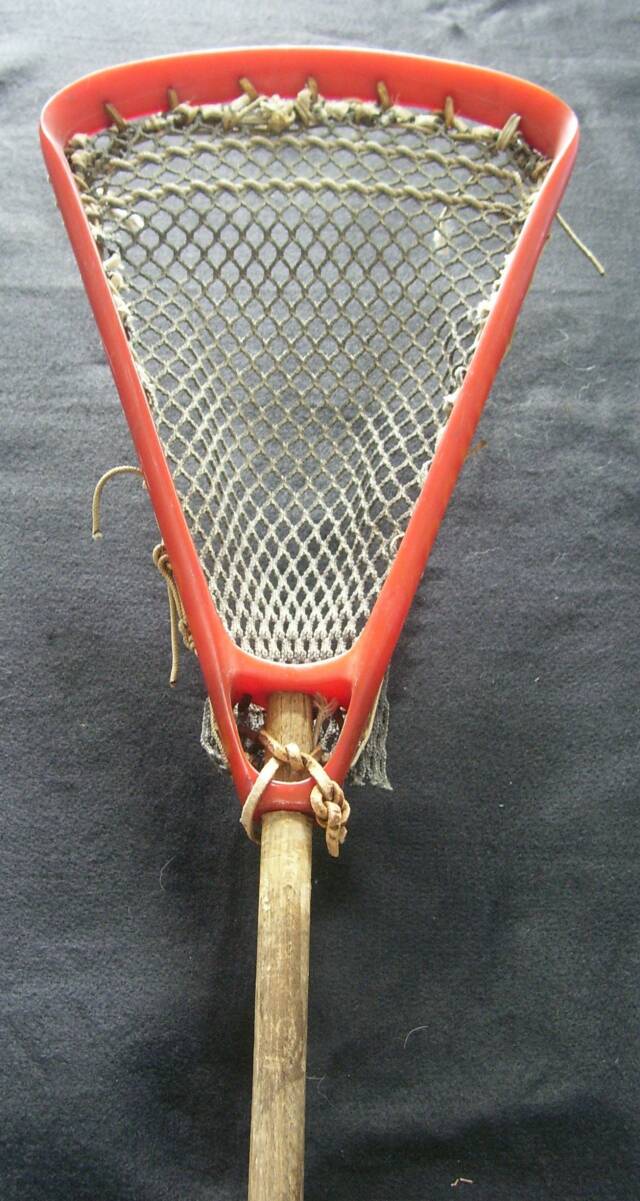
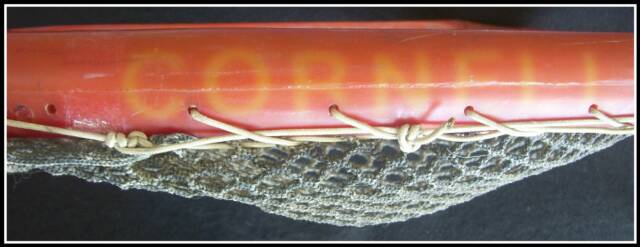
STX Goalie Stick circa 1972: This stick has yellow die branding on the side that indicates that it was used by Cornell University. The primary color of the head is unique for the time period - and may have been made as a special order for the goal keeper at the time. The plastic is not as hard as ones they were made just a few years later and is a bit flexible. The stick contains what is probably the original wooden handle. The other side of the head is marked "G6 - 7". The Goalie Stick to the far left - molded in Butterscotch plastic was one of the earliest STX sticks produced - probably around 1972 - and does not possess the STX throat branding - but does have patent # 3,507,495 as well as the 3 digit date branding of "502" which may translate to the 50th week of 1972.
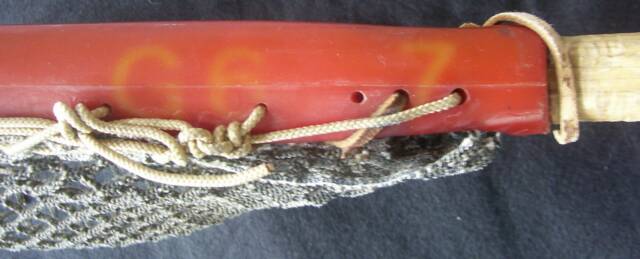
There are several variations of the MODEL 73 and MODEL 74 STX Lacrosse heads – some with the original traditional style stringing and some with the replacement mesh. These models were made available in 5 different colors; Butterscotch, Green, Red, Blue, and Dark Maroon
For the most part, during the early 1970's STX produced composite heads that fit securely onto a wooden handle or stick. Choosing your equipment during this era was far less complex that it is today. The male player of the early 1970's only had to decide on a brand to go with and then from there - based on the position that he played - the decision was essentially made for him. There was no need to decide on the type of stick - as there was no other choice but wood and the mesh pocket wouldn't be invented until 1974. From about 1970 to 1976 STX's best selling sticks were given model numbers as opposed to the crafty and creative model names that are used today. The Model "73" was the name given to the head that was used by the Attackman. The Model "74" was the name given to the head that was used by the Mid-Fielder. However, in terms of the dedicated Defenseman's stick - I have read in some publications that there may have been a model "75" - however, I have yet to confirm this visually. I did however, come across a mammoth head given the Model number of "84" the size of which I have never seen in anything but a goalie stick.
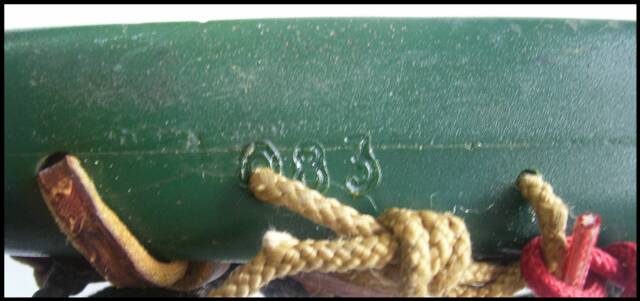
Like the Model 73, all Model 74's were clearly marked on the back of the head within the throat area. They were made for the Midfield position and were originally strung in the traditional method with 4 leathers running from top to bottom, diamond strung pocket, two shooting strings, and a wooden handle. In addition to the model number marking on the back of the head's throat, the side would usually have a 3 digit number carved into it
The Model 73 lacrosse head measured 14 inches from the top of the head to the bottom of the throat and at its widest point measured 7 1/2 inches across. One of the unique differences between these early heads, first generation lacrosse heads and subsequent editions - was that the head fit securely onto its wooden - usually made of oak - shaft, without the benefit of a single screw. It is becoming very difficult to find these heads, that were made for the Attackman, that possess their original traditional stringing - as most were converted to mesh when STX began to sell restringing kits in about 1978.
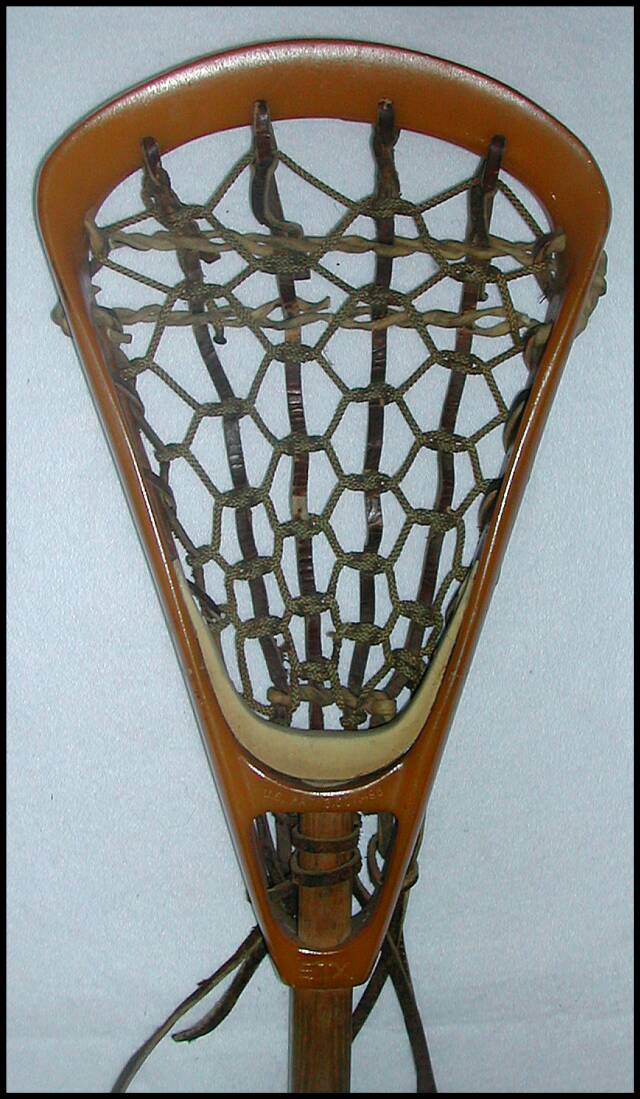
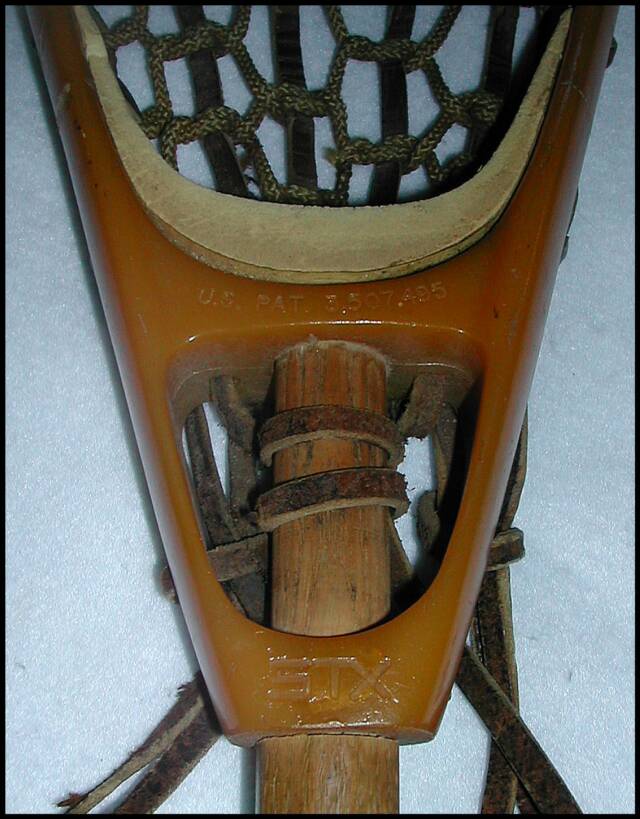
The STX Model 74 Lacrosse head was slightly larger than the 73 as it measured 3/8 inches longer for a total height of 14 3/8 inches, while the width was a full inch wider at 8 1/2 inches. In the same manner that the initial Model 73's were attached to the wooden stick, the 74's also fit securely without the benefit of a single screw. However, later versions added one screw to the side.
The STX Model 84 is the by far one of the biggest, if not the biggest non-goalie lacrosse head that had ever been produced. This head was so large it could accommodate 5 large leather strips running from top to bottom. The head measured 15 3/4 inches in height from the top of the scoop to the bottom of the throat and 9 3/4 inches in width at its widest point.
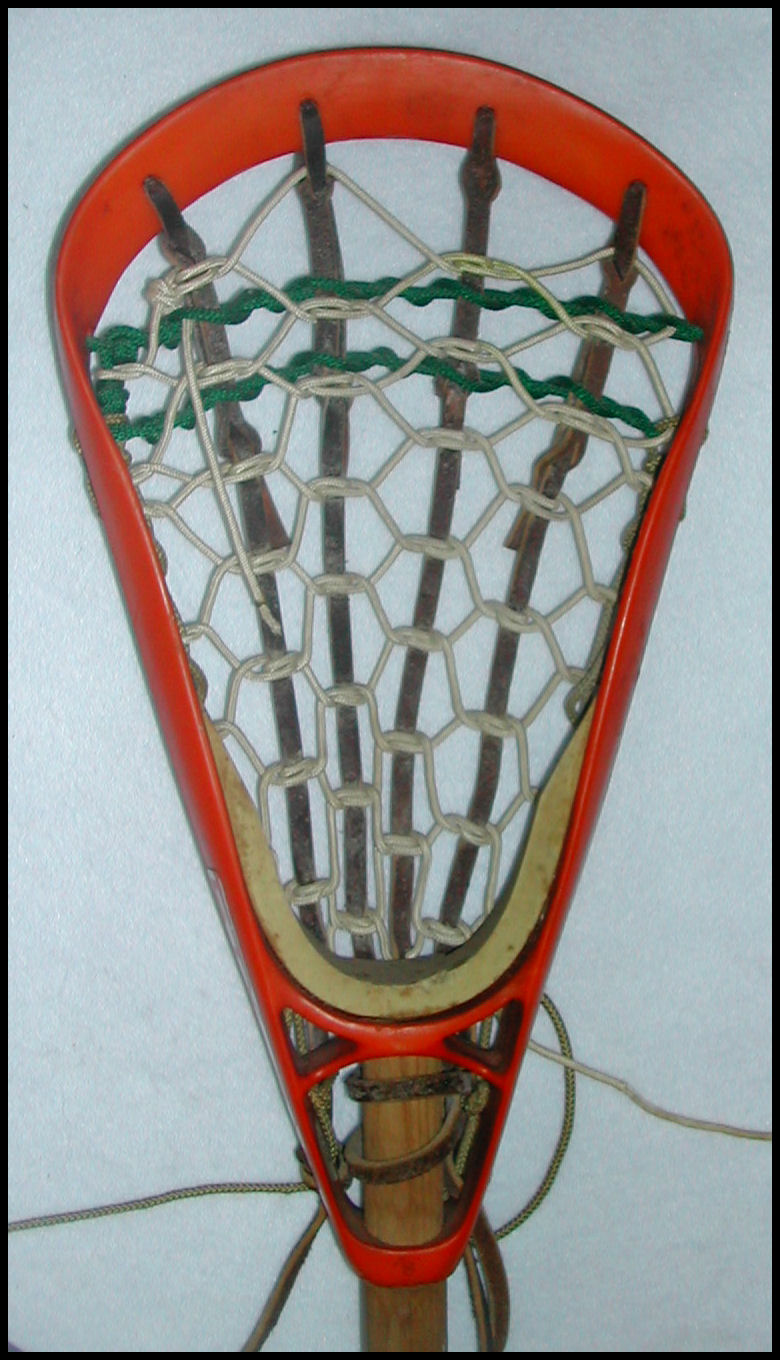

By 1978, the SAM had become the most popular lacrosse head that STX produced that it was featured on the cover of the replacement mesh stringing kit that STX sold.
1974 brought with it a critical technological improvement to the game of lacrosse - that of the "Mesh Pocket". On July 2, 1974, the United States Patent Office granted inventors Richard B. C Tucker (Founder of STX) and William C Crawford and Assignee William T. Burnette & Co, Patent Number 3,822,062 - known as "Mesh Webbing for a Lacrosse Stick". Patent Number 3,822,062 contained an official description of "An improvement in the webbing of the head of a lacrosse stick and the method of forming such webbing. Expandable knitted mesh of a desired width is provided and the mesh is rearranged so that one end portion of the mesh is substantially free of expansion and the opposite end portion of the mesh is widely expanded in accordance with the maximum width of the lacrosse stick head. This mesh is then secured in place in the lacrosse stick head by means of suitable lacing with the mesh being only limitedly expanded adjacent the throat of the head and being readily deformable to define a ball pocket adjacent to the stop
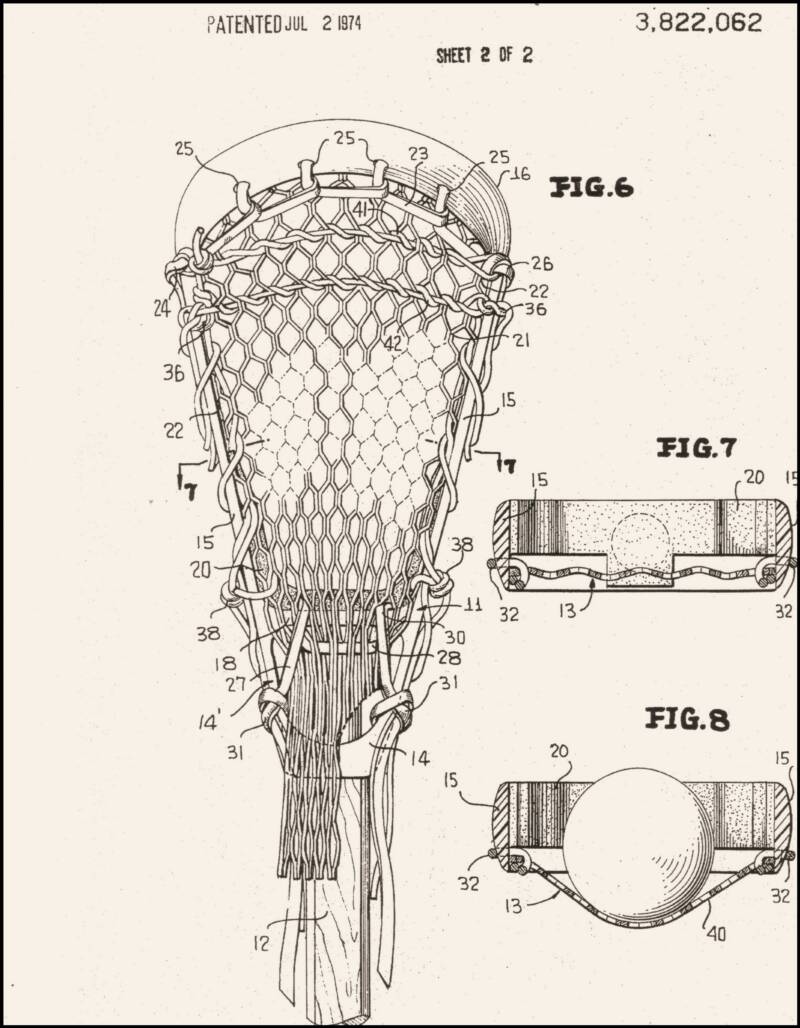
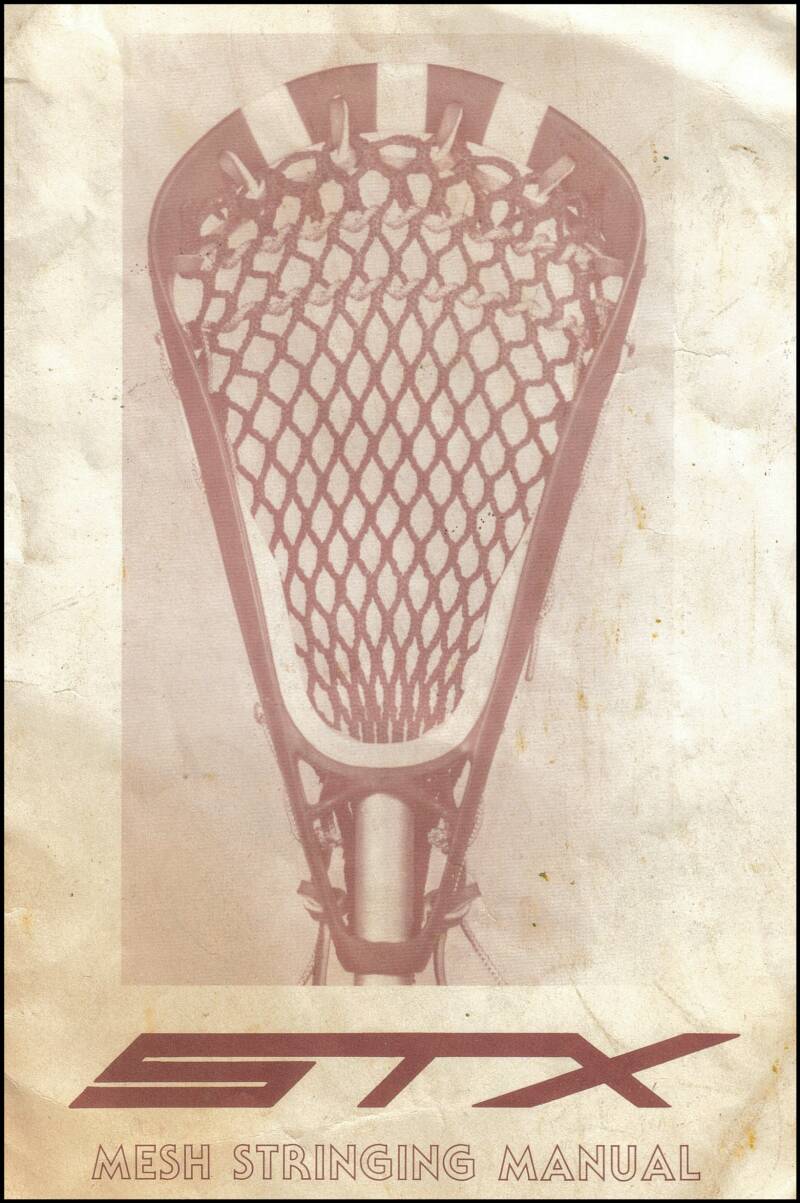
By 1978, the SAM had become the #1 Selling Lacrosse Stick that STX produced that it featured it on the cover of the "Mesh Stringing Manual" and included the 6 page instructional booklet with the kit.
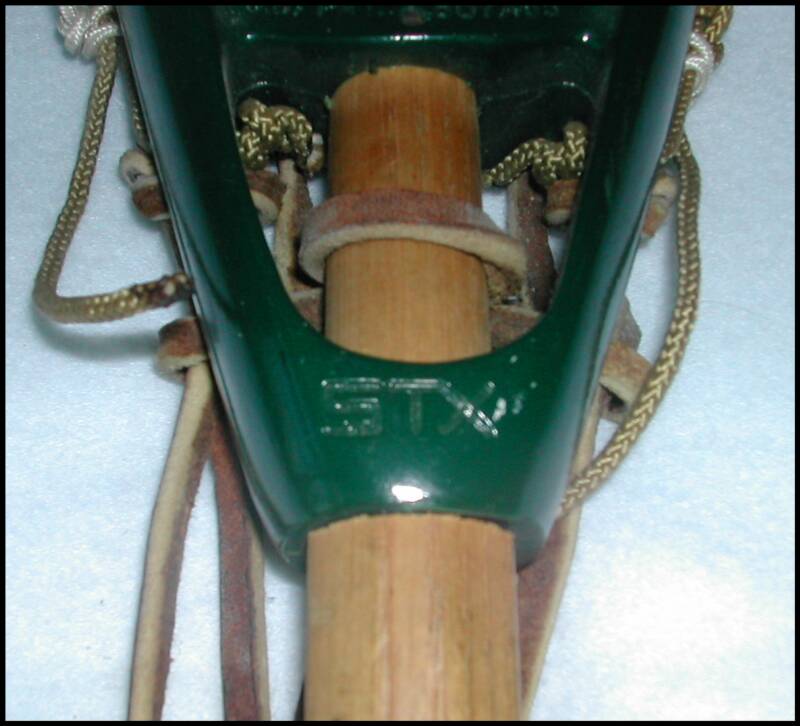
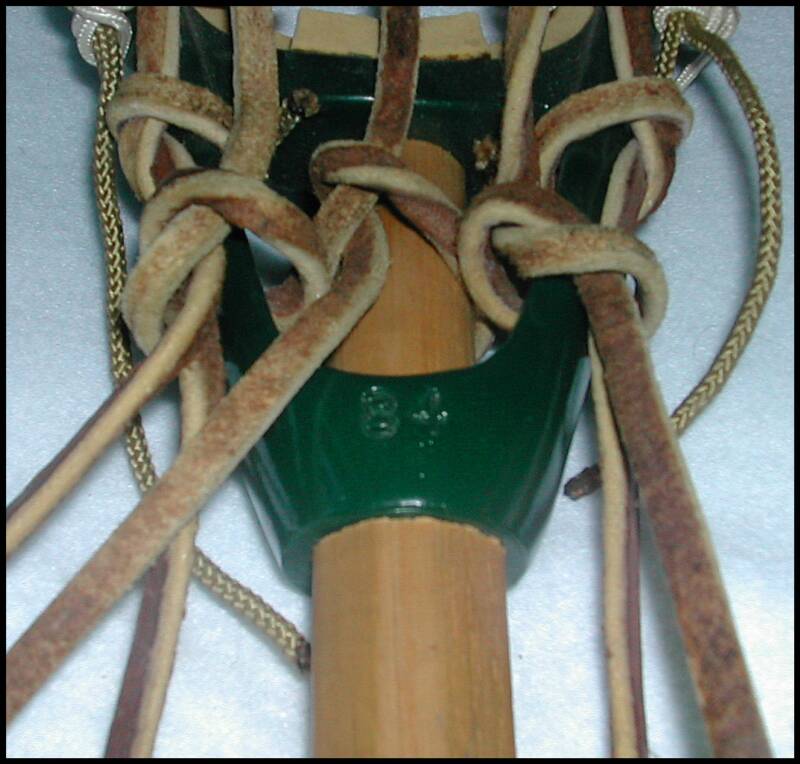
STX Model 73 - Attack Stick
STX Model 74 - Midfielder's Stick
STX Model 84 - Defenseman's Stick
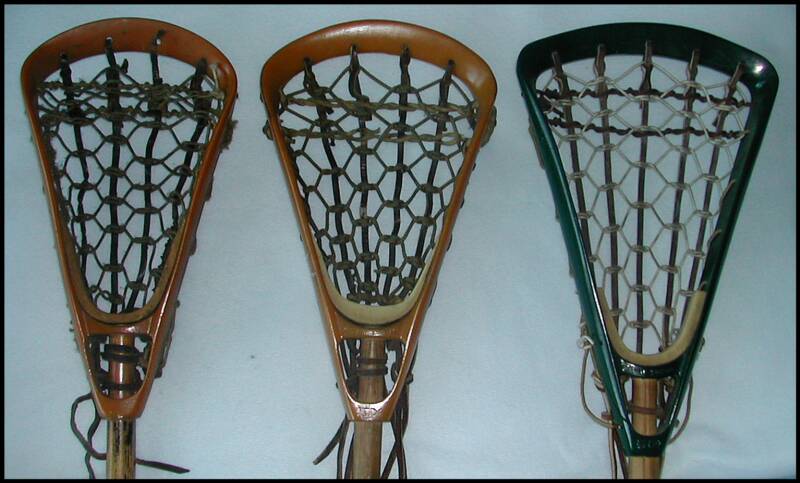
Some of the Original STX Goalie Sticks
From left to right: STX Model 73, Model 74, & Model 84.
STX "Barney" Model Head
STX "SAM" Model Head
"The Mesh Pocket"
The STX Barney was a short lived head that bridged the gap between the "numbered" models and the SAM. The head was wider than usual and the scoop was less rounded than the later generations. These heads are very recognizable as they were all branded with the embossed letter "B" at the base of the throat. It was promoted with STX advertisements and catalogs as the best defensive head available.
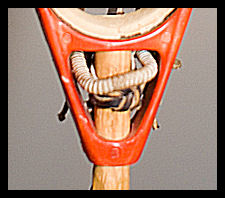
The letter "B" at the base of the front of the throat firmly identifies
the head as a Barney.
© 2009-2012 Old School Lax Freak. All rights reserved.
The material on this site may not be reproduced, distributed, transmitted, cached or otherwise used, except with the prior written permission of Old School Lax Freak.
First Generation STX Lacrosse Sticks - The 1970's
STX Heads From The 1970's
1. Attack Model "73"
2. Midfield Model "74"
3. Defense Model "84"
4. Original Goalie
5. Model "76"
6. The "Barney"
7. The "SAM"
Old School LAX Freak
A Classic Old School Repair
I recently was afforded the opportunity to purchase a beautiful vintage STX Model 84 Lacrosse stick. Up until recently, I had never come across any that were dark blue in color. The vast majority of the time they seem to be butterscotch. While most people would have simply by-passed it due to the somewhat crude repair that was made to the head; a repair that was not subtle at all and absolutely more of the in your face variety, I viewed this as an opportunity that I could not pass up. To me, the stick represented traditional OLD SCHOOL LACROSSE equipment.
While I have come across heads that were previously broken - say a crack or a split - they usually have been repaired with very ultra-thin metal wire. This one was "sewed" back together with a metal wire that is more similar to what you find with a metal clothes hanger than thread. However, the repair was performed so well that the two pieces fit back together perfectly. Being OLD SCHOOL, I absolutely had to have the stick.
